This post may contain affiliate links. Read our disclosure policy.
Ovens: they’re such a crucial part of the baking process, but we don’t necessarily give them much thought.
That preheat ‘beep’ goes off and we throw in our cookies, brownies, or cake, set the timer, and walk away, right?
Well … not necessarily.
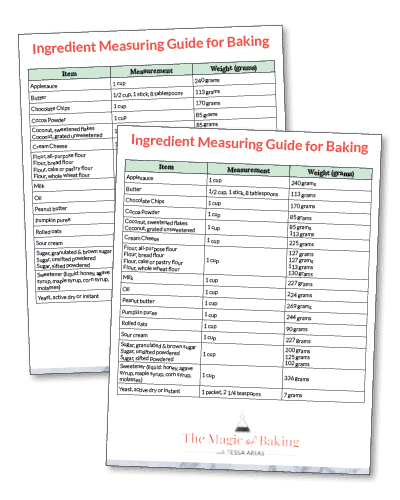
Free Ingredient Measuring Guide!
The key to consistent baking success is a click away. Sign up to get instant access to my printable Ingredient Measuring Guide now!
Unfortunately, most home ovens aren’t quite that simple and aren’t as reliable as we believe.
I get so many questions asking, “what went wrong?” when HTH readers try a recipe and it doesn’t turn out right. So many people think the recipe or their ingredients are to blame – and while that can be the case, oftentimes, it’s your oven’s fault your cookies turned out too flat, too crispy or burned.
Below, I’m using cookies to illustrate why becoming a little more familiar with your oven will help your baking more than you might think!

What You NEED to Know About Your Oven
Learn the three most important things to know about your oven and how to adjust, to be successful whenever you bake something in the oven.
1. Oven 101: Temperature
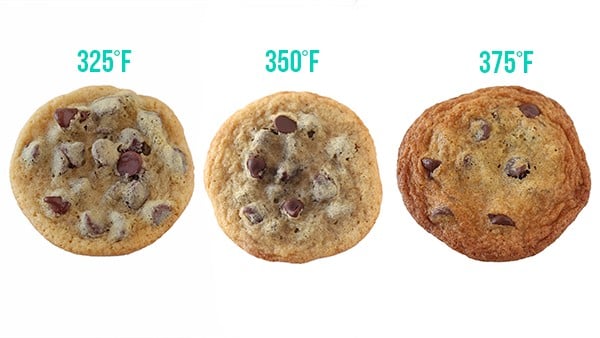
- The #1 fact to know about your oven: it’s lying to you about the temperature it’s really at.
- Many home ovens are off by 15°F, some by even 25°F or more!
- I’ve never had a home oven be 100% accurate.
- In fact, my new oven often tells me it’s preheated to the temperature I specified, when it’s actually 20°F cooler.
- It may not seem like a big difference, but baking at the wrong temperature can significantly alter your final product.
- In the image above, you can see what your cookies should look like if they’re baked at the correct temperature of 350°F, vs. how they’ll turn out if they’re baked at 25°F too cool or 25°F too warm.
- Too cool, and your cookies can overspread and not brown enough.
- Too warm, and your cookies may not spread enough, brown too much, and burn on the bottom.
- An oven thermometer is a necessity to make sure your oven is heating correctly.
- If your oven is not at the right temperature, you can adjust accordingly until your oven thermometer confirms it’s correct.
2. Oven 101: Placement
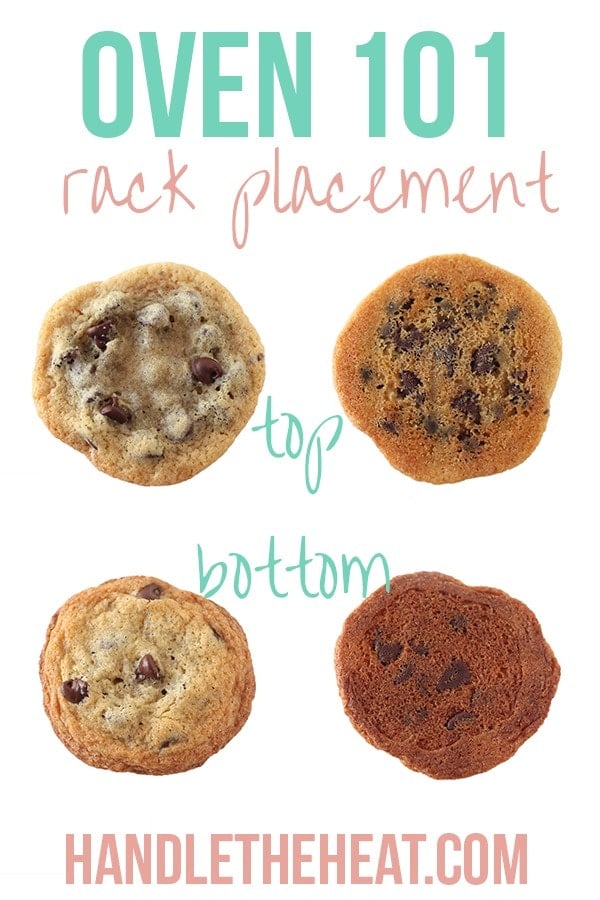
- The position of your oven rack can also have a surprising impact on your cookies.
- Certain recipes will specifically tell you where to position your oven rack, but most of the time it should be in the middle. Why? This is where the heat will be most even.
- If you bake your cookies (or anything) on the top rack, there won’t be as much browning.
- On the bottom rack, there will likely be too much browning.
- The same effect can occur when you’re baking multiple dishes at once. The other baking pans can block the heat from moving around freely and change the way the product is baked and browned.
- When possible, try to bake off one batch at a time instead of baking multiple pans at a time.
3. Oven 101: Conventional vs. Convection
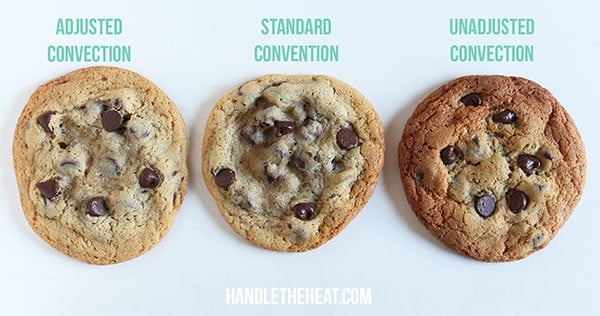
- Unlike a conventional oven, which is the standard here in the U.S., a convection oven has a fan inside and an exhaust system that helps to circulate the hot air.
- This allows the oven to heat more quickly and evenly, and to bake more quickly and evenly.
- It’s more energy efficient and can even lead to better browning since the blowing air creates a drier environment.
- In many ovens, it also bakes so much more evenly, so you don’t need to rotate your baking trays.
When to Use Convection (if your oven has both convection + conventional settings)
- Convection is great for savory preparations like roasts or anything that is covered, like a braise or casserole.
- It can be good for cookies, pies, and pastries IF you make the proper adjustments (below).
- It’s NOT good for delicate foods like custards, soufflés, cakes, or quick breads.
How to Adjust
- If you’re using the convection (fan) setting in a recipe that doesn’t specifically call for it, be sure to drop the temperature 25°F.
- Also begin to check for doneness earlier, at least 2/3 or 3/4 of the way through the recommended baking time.
- Note that some convection ovens will automatically adjust the temperature when switching on the fan.
- Consult your oven manual if you’re unsure about yours.
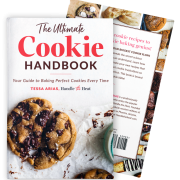
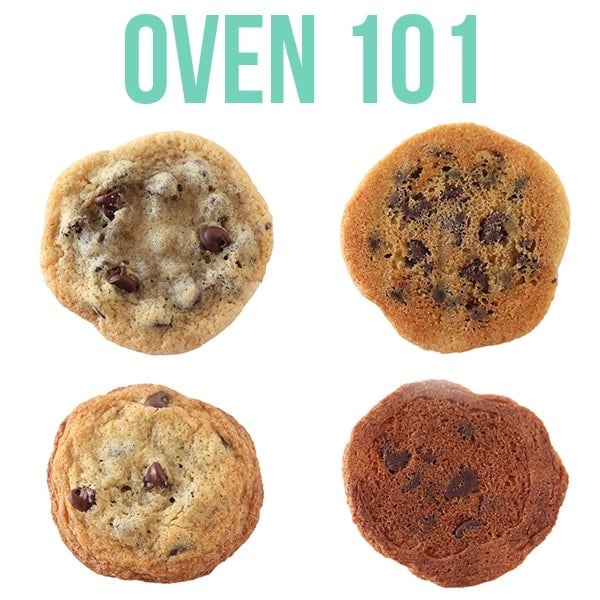

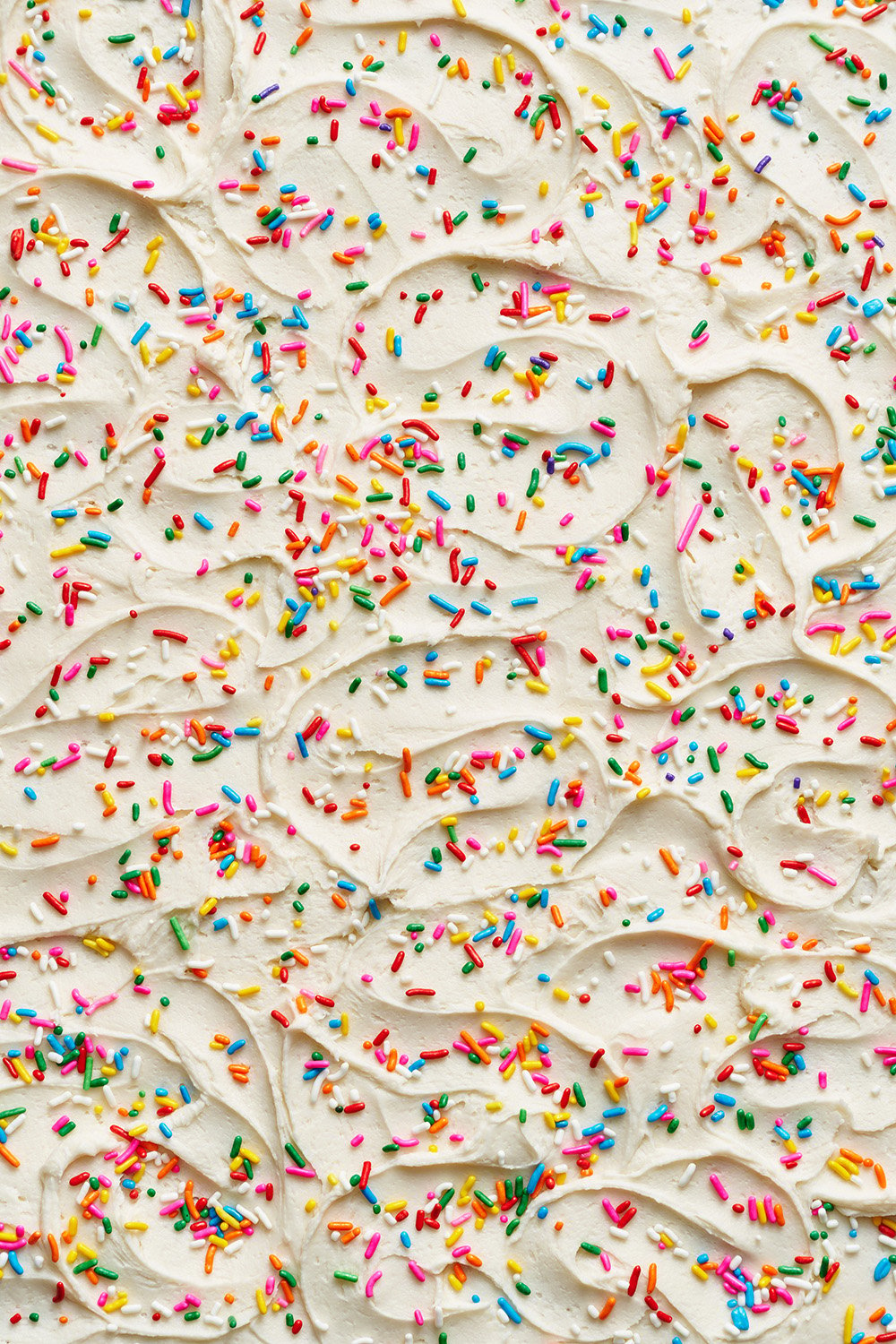
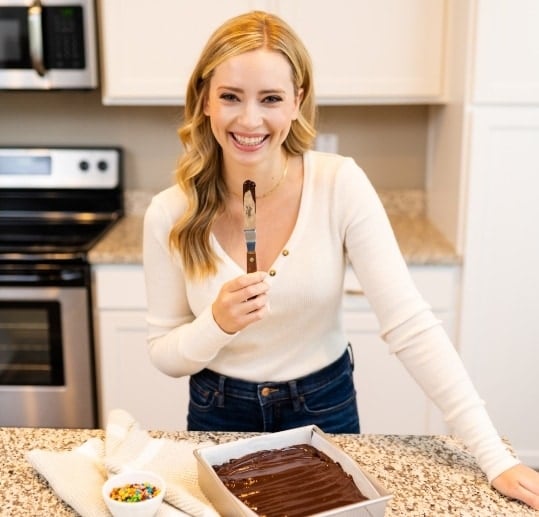
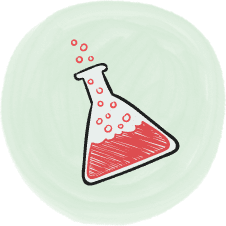

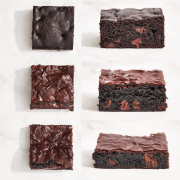
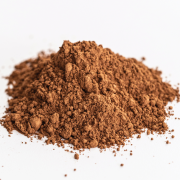
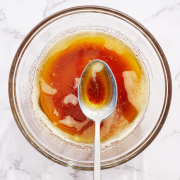

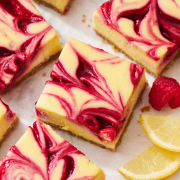
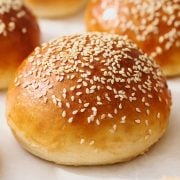
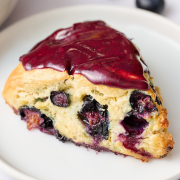








Thanks for Oven 101 class. I have just purchased a gas range with a gas oven. I have never used a gas oven before and I am having an awful time baking my cookies. In my electric oven I made delicious Tessa cookies, but now they are not coming out a good. I will continue to test my oven for temperature. I will also try the convection and see what happens.
Tessa you are the best.
Patsy Roman
What brand of flour do you use?
Hi Chrisann! Tessa loves Gold Medal bleached flour, and we typically use that or King Arthur all-purpose flour to test our recipes 🙂
my oven has a fan. but it has 2 options. 1 says bake which is regular. and the 2nd option says bake but has has a fan picture on it. which one is better or is is good to use to bake cookies? should I use the fan bake option or regular bake? for cookies.
Hi Angel Marie! It depends on your oven, but if that icon means convection, then check out all the info above in this post for how to adjust your temperatures and bake cookies in a convection setting 🙂
well I’m not sure if its a convection oven. it has a fan picture with the word bake. which is why I’m asking.
Hi again! Unfortunately there is no way for me to know that! I would try Googling the make and model of your oven and see what you can find about it online 🙂
I want to ask when baking, like cakes in and electric oven with a fan do I use top and bottom heat + fan or only bottom heat + fan.
I want to know because I fond the some ovens doesn’t have the option of bottom + fan so I wanted to know can I bake in it or not
Hi Ahmed, I don’t recommend using a convection setting for delicate foods like cakes as the oven will make it develop an a-symmetrical shape due to the windy environment! I personally recommend using the fan to preheat your oven quicker but then turning the fan off and baking as directed. Good luck!
Thanks for this video. My new oven has an automatic temperature adjustment when using the convection mode. Hence, do I still check the oven temperature with an oven thermometer? I am thinking yes??? If the temperature is not accurate , would I then make the necessary adjustment (i.e. recipe calls for 350 using regular oven – so I assume the temperature should be 325 using convection oven).
Also, if the air is dryer when using the convection mode, would cookies not come out drier? I bake a lot of sugar cookies.
Thanks, Chris
Yes, I’d recommend getting an oven thermometer to be sure. Once you know the difference in your oven temp, you are correct — you can then make the necessary adjustments 🙂 Good luck!
Hi Tessa,
Thank you so much for this! I had a question about your brownie recipes – do you recommend the fan setting on or off for brownies?
And if we keep the fan setting off, can we keep the temp the same or do we still need to adjust it to the lower temperature?
Thank you!!!
You could use the fan setting for brownies as they’re made with a “heavier” dough and wouldn’t develop an a-symmetrical shape due to the windy environment. You would need to drop the temperature by 25 degrees and check for doneness 2/3 or 3/4 of the way through the recommended baking time. OR you could always just use the fan only to heat your oven, turn it off, and then bake with the recipe directions. Good luck!
Hi Tessa! In my OTG I can put both the rods on with fan or without fan and single rod on either top or bottom without fan. Which mode should I use to bake perfect cookies and cakes?
In my OTG there i can put both the rods on with fan without fan and single rod either top or bottom without fan. Which mode should I use to bake perfect cookies and cakes?
Hi Tessa. If i rely on the oven thermometer inside to check the temperature using the fan – like if a recipe calls for a 350F and my thermometer is at 350 fan mode, do I still need to drop the temperature and check for a faster cooking time? Also, does it dry out cookies and buns?
Thanks.
I tested the settings again.
set at 350, reg reads 345, conv reads 355
Set at 375, reg reads 355, conv reads 375
Set at 400, reg reads 380, conv reads 400
I had a service check it earlier this year and they said it was ok. Of course I wasn’t there and don’t know if they tested it at regular and convection settings.
This may sound strange, but when I use an oven thermometer to check how accurate the set oven temp is, where should it be placed. In a regular oven setting, I put it in the middle. In the convection setting, shouldn’t the readout be the same, regardless of where you are placing the thermometer? (top, middle or lower lack)
Yes! Are you getting a different reading when the convection setting is on?